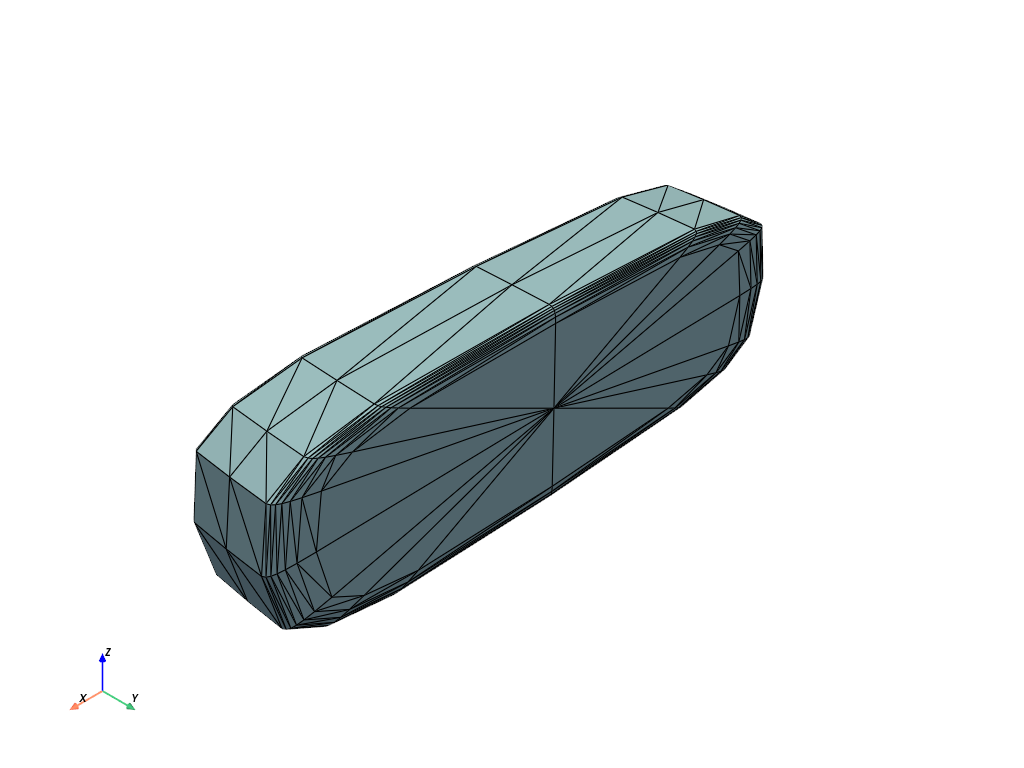pyvista.Superquadric#
- Superquadric(
- center: VectorLike[float] = (0.0, 0.0, 0.0),
- scale: VectorLike[float] = (1.0, 1.0, 1.0),
- size: float = 0.5,
- theta_roundness: float = 1.0,
- phi_roundness: float = 1.0,
- theta_resolution: int = 16,
- phi_resolution: int = 16,
- toroidal: bool = False,
- thickness: float = 0.3333333333333333,
Create a superquadric.
- Parameters:
- centersequence[
float], default: (0.0, 0.0, 0.0) Center of the superquadric in
[x, y, z].- scalesequence[
float], default: (1.0, 1.0, 1.0) Scale factors of the superquadric in
[x, y, z].- size
float, default: 0.5 Superquadric isotropic size.
- theta_roundness
float, default: 1.0 Superquadric east/west roundness. Values range from 0 (rectangular) to 1 (circular) to higher orders.
- phi_roundness
float, default: 1.0 Superquadric north/south roundness. Values range from 0 (rectangular) to 1 (circular) to higher orders.
- theta_resolution
int, default: 16 Number of points in the longitude direction. Values are rounded to nearest multiple of 4.
- phi_resolution
int, default: 16 Number of points in the latitude direction. Values are rounded to nearest multiple of 8.
- toroidalbool, default:
False Whether or not the superquadric is toroidal (
True) or ellipsoidal (False).- thickness
float, default: 0.3333333333 Superquadric ring thickness. Only applies if toroidal is set to
True.
- centersequence[
- Returns:
pyvista.PolyDataSuperquadric mesh.
See also
pyvista.ParametricSuperEllipsoidParametric superquadric if toroidal is
False.pyvista.ParametricSuperToroidParametric superquadric if toroidal is
True.
Examples
>>> import pyvista as pv >>> superquadric = pv.Superquadric( ... scale=(3.0, 1.0, 0.5), ... phi_roundness=0.1, ... theta_roundness=0.5, ... ) >>> superquadric.plot(show_edges=True)
